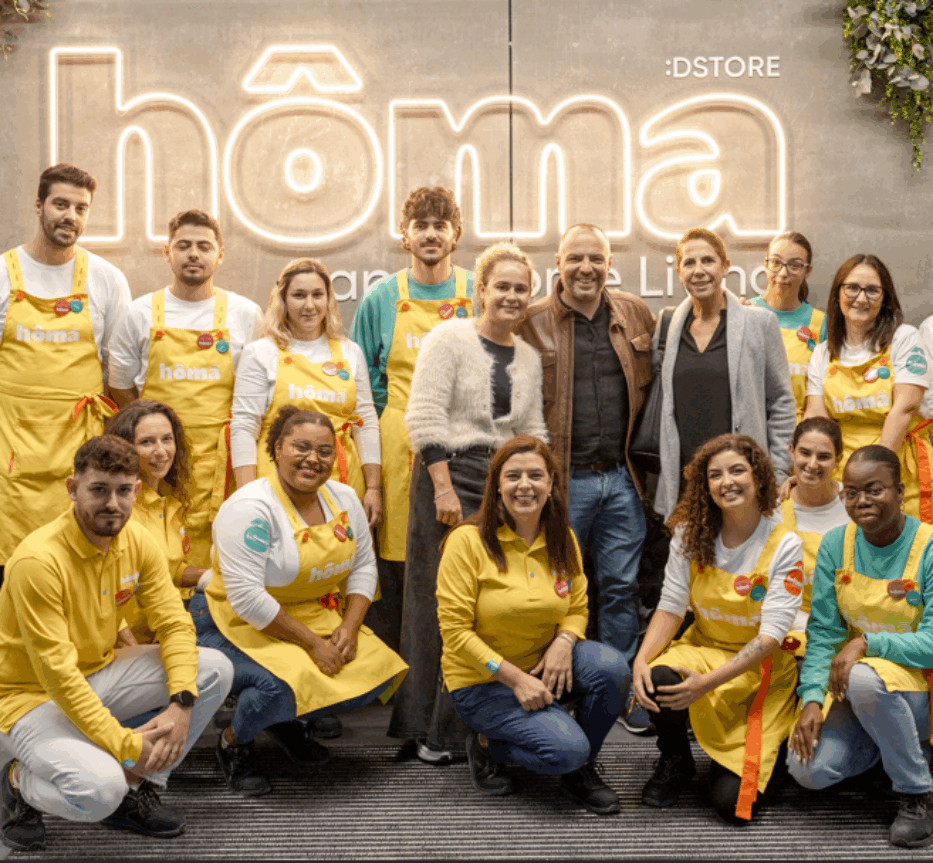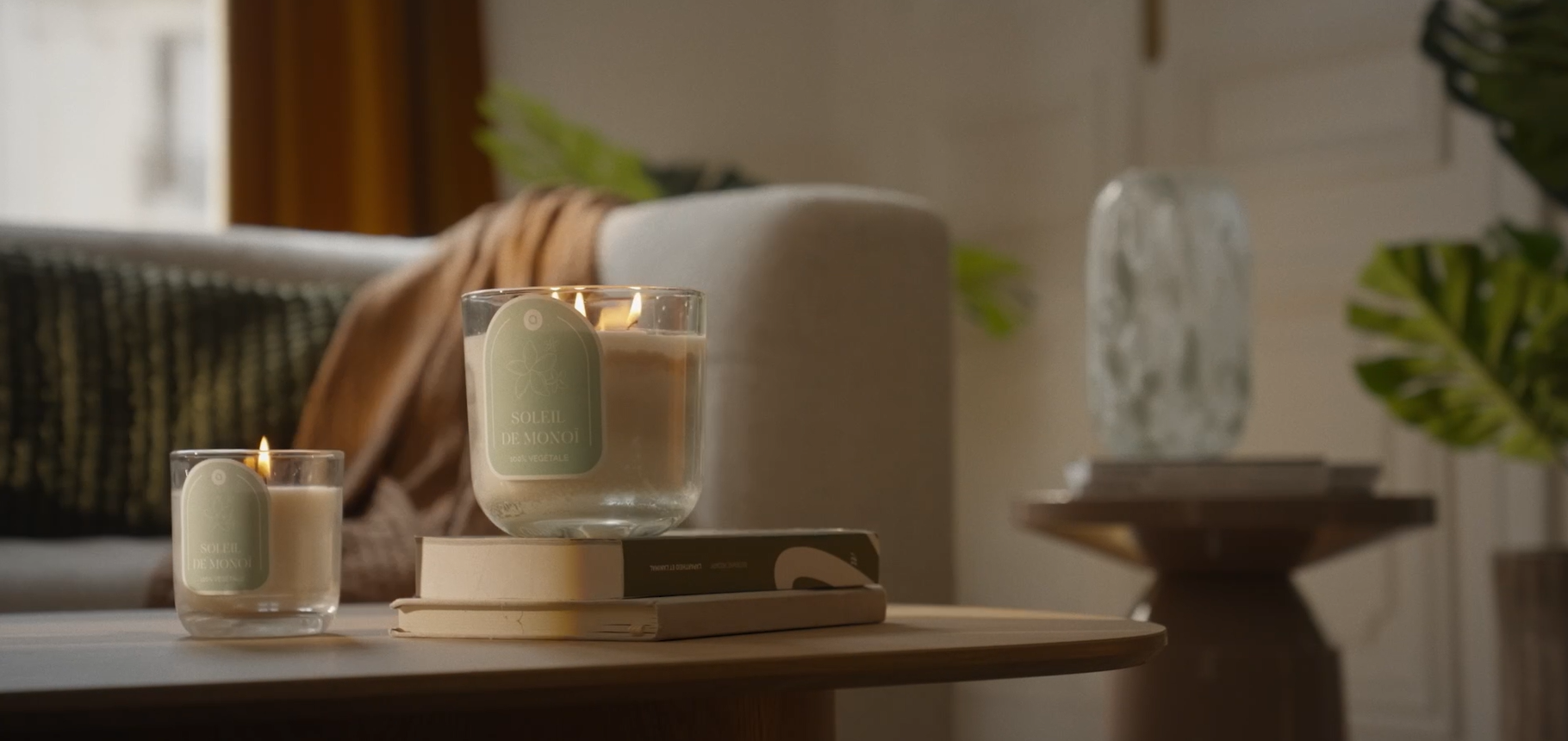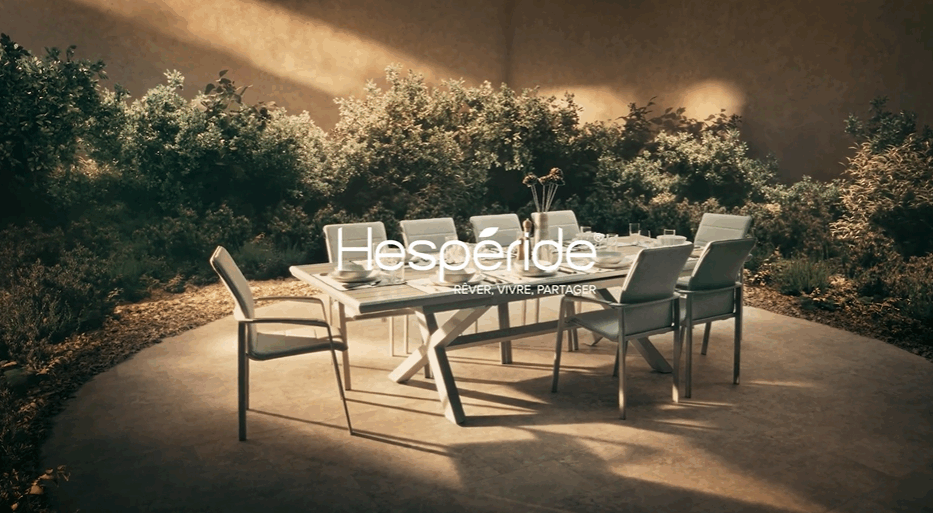«Our goal: to help consumers imagine their homes in a new way».»
Interview with Isilda Valente, Visual Merchandising Manager at hôma, the Portuguese and Spanish retail chain
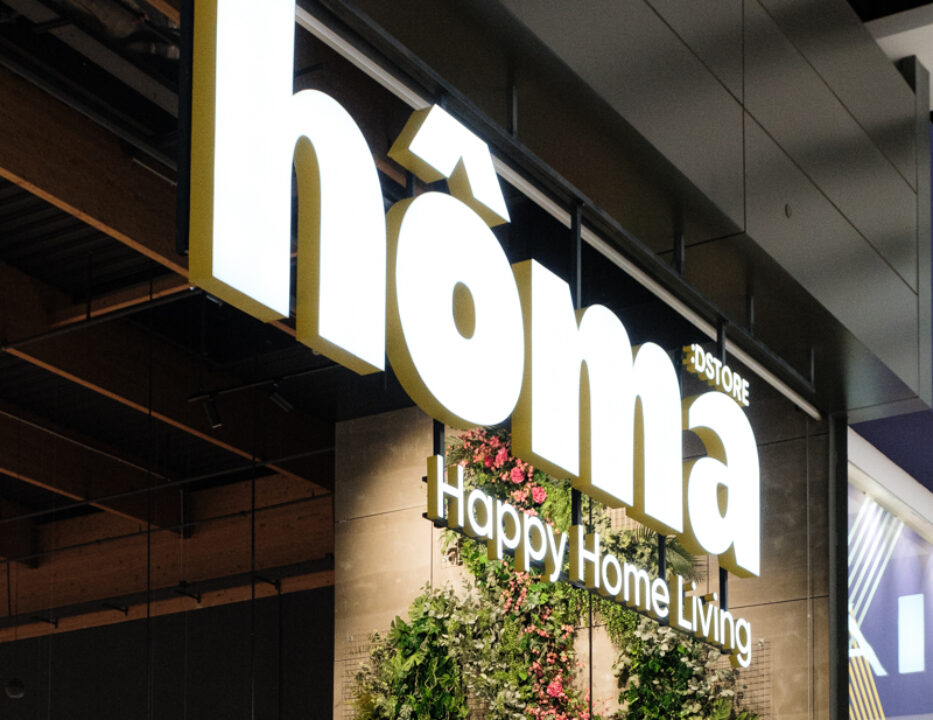
Isilda Valente has developed a unique approach to visual merchandising at hôma, combining inspiration and functionality. She explains how visual merchandising can encourage customers to see their interiors as a place of personal expression, while creating sales areas where they feel almost at home.
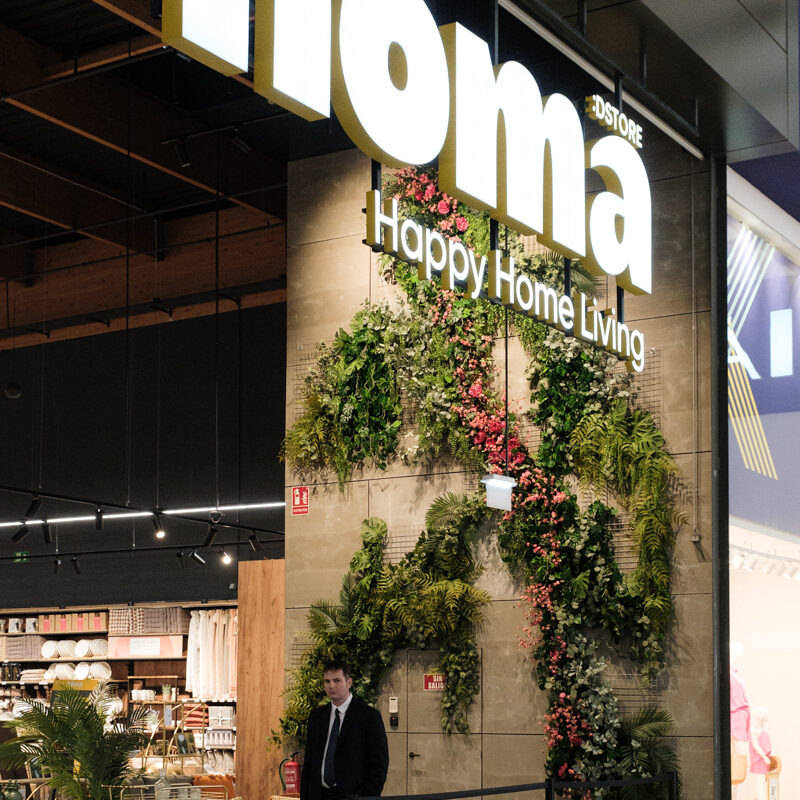
How does a spark of inspiration become a collection?
I'm responsible for developing merchandising strategies to enhance the customer experience and boost sales. I've been doing this job for 32 years, including 9 with hôma, and I love it! With my team of six visual merchandisers, we create the merchandising campaigns for the Group's 50 stores. We work closely with buyers to understand the products, materials and themes of each collection. This collaborative process is important, as we need to understand the product in order to present it well. Our work can then take many forms. When a store opens, we analyze its layout to ensure the consistency of the hôma brand, then adapt our solutions to the specific characteristics of the location. We also launch monthly campaigns throughout the network, which require a specific layout at the entrance to each store. So we have to design this space, create a manual and send it to all the stores for them to reproduce. Finally, I train the store teams. This allows them to feel involved in the company's strategy and to understand why we present items in a certain way, which guarantees that they will maintain this layout.
In the store, what are the most important elements to consider when creating a coherent space?
The feeling of space is a key element: customers need to be able to see all the items and move around the store easily. At hôma, stores are divided into two main zones, which will highlight distinct elements. A large part of each store is designed to inspire. These are generally the textiles and decoration areas, where we present new trends and hope to spark new ideas in customers' minds by getting them to imagine their interiors in a new way: by changing a rug or a lamp, for example, a space can acquire a new dimension. The other areas are dedicated to functionality, featuring more practical items. In this area, our job is to make life easier for our customers and to organize the space in such a way as to create cross-selling opportunities. For example, alongside plates, we display glasses, cutlery, etc.
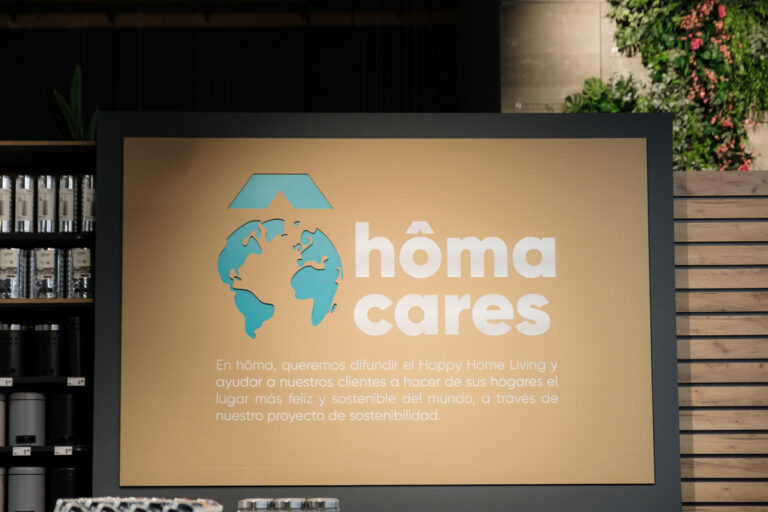
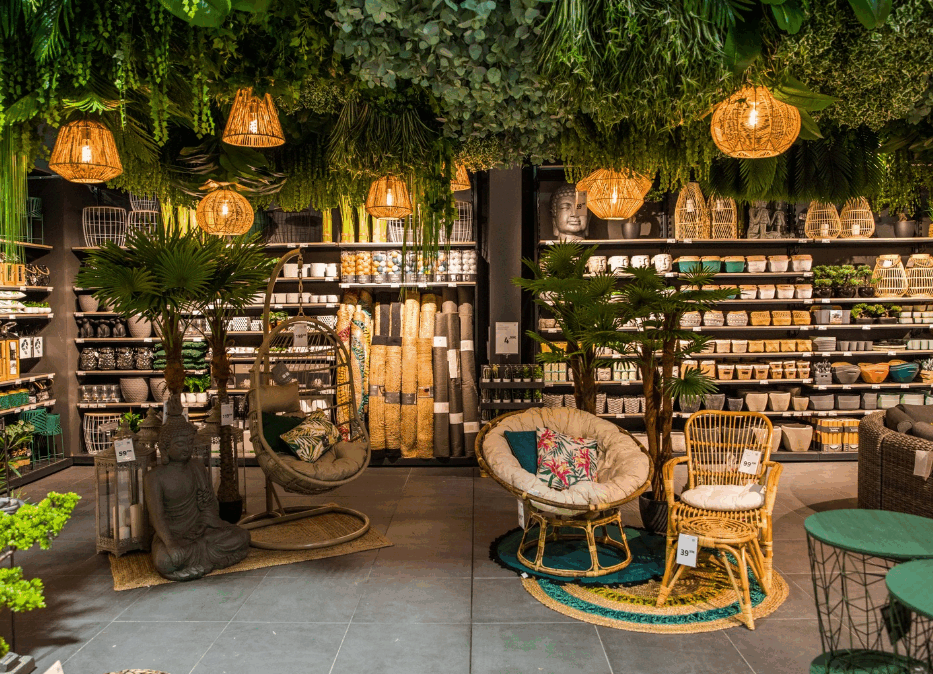
How do you bring Home Beauty to life in-store?
Our stores have changed a lot in recent years. At the entrance, for example, we have created vertical gardens with our logo. We've also replaced all the gray shelves in our stores with wooden ones, an ambitious project with a warm result. We want customers to feel happy and comfortable in store, almost at home. A house should be lived in, and the items we display reflect this state of mind. We want to convey the idea that the products we have in our homes serve to express ourselves and create a space that's all our own. It's like a project in progress that can always be improved.
Consumers are increasingly concerned about the environmental impact of the products they buy and use. How do you visually convey information about a product's sustainability?
We work in close collaboration with the communications department to create displays throughout the store featuring products destined to become must-haves in every home, to suit all personalities, lifestyles and trends. We highlight their characteristics and present their composition. We are transparent about the origin of materials, durability properties and price, and ensure that customers have access to this information to make their choice.
How important is customer feedback in your process?
Customer feedback is very important! We have daily access to sales results, which are our primary basis for analysis, but that's not enough. It's essential to be present in the stores to observe reactions and adjust presentations if necessary. We carry out tests: when we implement a change in four strategic stores, we analyze sales results and customer feedback before deciding whether to implement it in all stores, or whether to adjust the project before extending it to all stores. But the richest feedback I get is from the store teams. The teams know and listen to the customers, and it's they who will see if our efforts have paid off. Our greatest source of pride is when they tell us that customers come back to the store because they know they'll feel good and find what they need!
